Why is my Panasonic KX-TG8051E Cordless Telephone handset beeping and flashing?
- Aashley29Aug 27, 2025
If your Panasonic Cordless Telephone handset is beeping and flashing, it indicates that the battery charge is low. Fully charge the batteries.
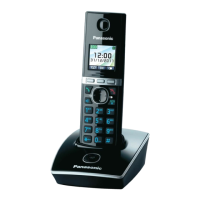
Why is my Panasonic KX-TG8051E Cordless Telephone handset beeping and flashing?
If your Panasonic Cordless Telephone handset is beeping and flashing, it indicates that the battery charge is low. Fully charge the batteries.
How to fix blank or dark display on Panasonic Cordless Telephone?
If the handset display on your Panasonic Cordless Telephone is blank or dark, it may be in screen saver mode. Activate the display by pressing {} when on a call, or pressing {ic} at all other times. Also, check if “LCD in charging” is set to “Off” while on charge and change the setting if needed. Ensure the handset is turned on.
How to fix a Panasonic Cordless Telephone when the handset does not ring?
If the handset on your Panasonic Cordless Telephone does not ring, check if the ringer volume is turned off and adjust it accordingly. Also, verify that night mode is turned off.
Why I cannot hear a dial tone on my Panasonic KX-TG8051E Cordless Telephone?
If you cannot hear a dial tone on your Panasonic Cordless Telephone, ensure you are using the supplied telephone line cord. Check that the base unit’s AC adaptor and telephone line cord are properly connected. As a test, disconnect the base unit from the telephone line and connect the line to a known working telephone to identify where the problem is.
| Brand | Panasonic |
|---|---|
| Model | KX-TG8051E |
| Category | Cordless Telephone |
| Language | English |
Guidance on initial setup and first use procedures, referring to the 'Getting Started' section.
Details the components and models included in the product package.
Lists all supplied and optional accessories with their part numbers.
Instructions on how to add optional handsets to the base unit.
Provides general technical and compliance information about the product.
Crucial safety precautions to prevent injury and property damage during product use.
Basic safety precautions to reduce the risk of fire, shock, and injury.
Guidelines for cleaning the product and information on disposal.
Technical specifications including frequency range, power, and operating conditions.
Step-by-step guide for connecting the base unit and charger.
Instructions for installing, charging, and maintaining the handset batteries.
Identifies controls on the base unit and explains battery level indicators.
Details the handset components, buttons, and display items.
Explains base unit display items and handset soft key functions.
Covers screen saver mode and initial setup like language and date/time.
Explains eco mode for power saving and display mode settings.
Guides on making calls, using the speakerphone, and adjusting volume.
Instructions for locking and unlocking the handset keypad.
How to put an outside call on hold and release it.
Instructions for temporarily muting the microphone during a conversation.
Using the recall/flash feature for PBX features or services.
How to handle incoming calls when already on a call with Caller ID.
Enhancing voice clarity during calls for better sound.
Joining an existing outside call with another handset.
Covers adding, categorizing, and finding entries in the phonebook.
Details editing, erasing, and assigning phonebook entries to speed dial keys.
Explains how to copy phonebook entries between handsets.
Methods for accessing and programming unit settings.
Configuration options for settings, time, alarms, and ringer tones.
Customizing initial setup, handset names, eco mode, and display.
Programming options for key tones, privacy, PIN, and repeater mode.
Setting up alarms and night mode for customized call handling.
Customizing ring delay, blocking calls, and naming handsets.
Setting call restrictions and changing the base unit PIN for security.
Setting repeater mode and registering DECT repeaters.
How to use Caller ID features and set category-specific ringer tones.
Editing, erasing, and storing caller information from the caller list.
Controls for turning the answering system on/off and enabling call screening.
Recording greetings, using pre-recorded messages, and listening via base unit.
Listening to messages via handset and editing numbers for call backs.
Accessing and controlling the answering system remotely.
Turning the system on remotely and adjusting call settings like ring count.
Information on using the service provider's voice mail system.
Making intercom calls, locating handsets, and transferring calls.
Guide to entering characters using different modes and tables.
Character tables for extended Latin and Cyrillic alphabets.
Common error messages and their corresponding causes and solutions.
Common problems and solutions for general unit operation.
Solutions for battery recharge issues and call making problems.
Troubleshooting sound quality and Caller ID display problems.
Solutions for answering system problems and advice on liquid damage.
How to attach a belt clip and mount the unit on a wall.
Terms and conditions of the product guarantee.
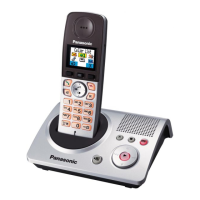





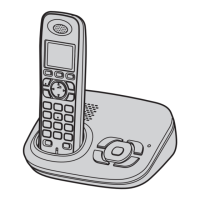
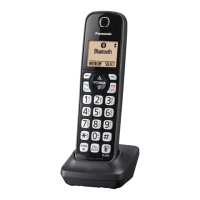
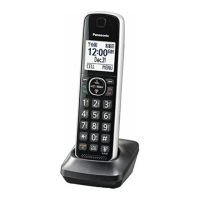
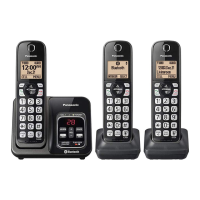
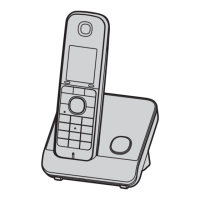
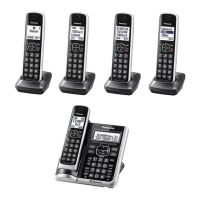
